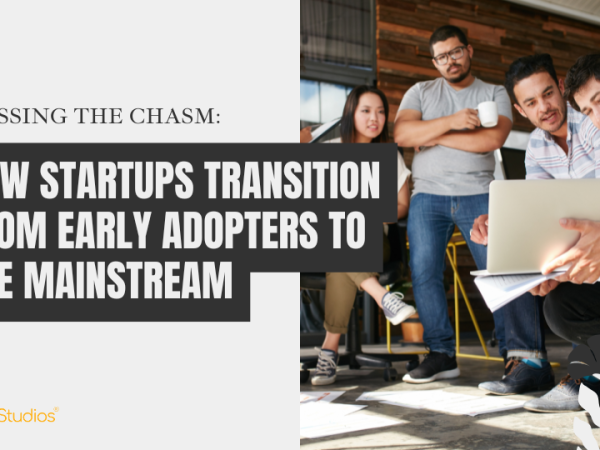
Venture studios are fundamentally changing the startup landscape, offering a new model that combines the strategic advantages of private equity with the high-velocity world of early-stage company building. This emerging asset class is attracting significant attention for its unique approach to de-risking and scaling new ventures.
The Private Equity Mentality for Early-Stage Startups
Traditionally, private equity (PE) firms acquire majority ownership of mature companies, injecting capital and expertise to scale them for a significant return. Venture studios apply this same mentality to the earliest stages of company creation. They look for great ideas and people who are missing a supportive framework and then provide the capital, talent, and network needed to transform a concept with “no revenue into $5 billion in revenue,” leading to significant returns.
This approach stands in stark contrast to traditional venture capital (VC):
- Active vs. Passive Involvement: VCs are typically hands-off investors, providing advice and networking but remaining at arm’s length. Venture studios, however, are deeply involved, acting more like co-founders and operators.
- Accountability: While a VC might attribute a failure to the founding team, venture studios take direct accountability, with the mentality that “if this doesn’t work, we failed”.
- De-Risking: VCs often bet on high-risk, high-reward “unicorn” outcomes. Venture studios, like PE firms, are heavily focused on de-risking every step of the process to increase the likelihood of success.
The Studio Model: An Ideal Co-Founder
Venture studios operate with a “stage-gate” approach, a disciplined process that is a reality check for a startup’s progress. This is particularly important because founders often fall in love with their ideas and can’t maintain objectivity. The studio model, with its majority ownership, provides the structure to have difficult but necessary conversations about a company’s thesis and results. This helps prevent founders from burning through money over 12 to 18 months on an idea that isn’t working.
A key part of the studio’s operational expertise is capital efficiency. This involves making smart decisions and knowing when to make another bet or to say “no”. This data-driven approach is critical for studios that aim to scale, as emotional decision-making is not sustainable when managing a large portfolio of companies.
A founder should also consider the four key “customers” a studio must serve: the investors, the studio’s staff, the entrepreneurs they partner with, and the follow-on capital providers. This framework helps a studio tailor its process and support system to its unique goals.
Best Practices for Success
According to research, the best studios:
- Know Their Exit Strategy: They know what kind of follow-on capital they are building for and what potential strategic acquirers exist. A majority of acquisitions happen for under $200 million, and founders must consider this to avoid pricing themselves out of an exit.
- Conduct Thorough Research: They prioritize research beyond just customer discovery, understanding that a few hours in the library can save many hours in the field.
- Measure Everything: Every decision is treated as an experiment. They make a small bet, measure the results, and then decide whether to invest more, modify the thesis, or stop.
For studios seeking to raise capital, a track record of successful exits and value creation is critical, as is having a defined thesis and strategy. Those without a track record can consider alternative paths, such as raising funds for their portfolio companies or building service companies to generate cash flow to fund studio operations.
The venture studio model represents an exciting evolution in company building—a fusion of private equity’s disciplined, operational approach with the dynamic, creative energy of the startup world. As awareness of this model grows, its ripple effects are poised to unlock new opportunities for founders and investors alike.


